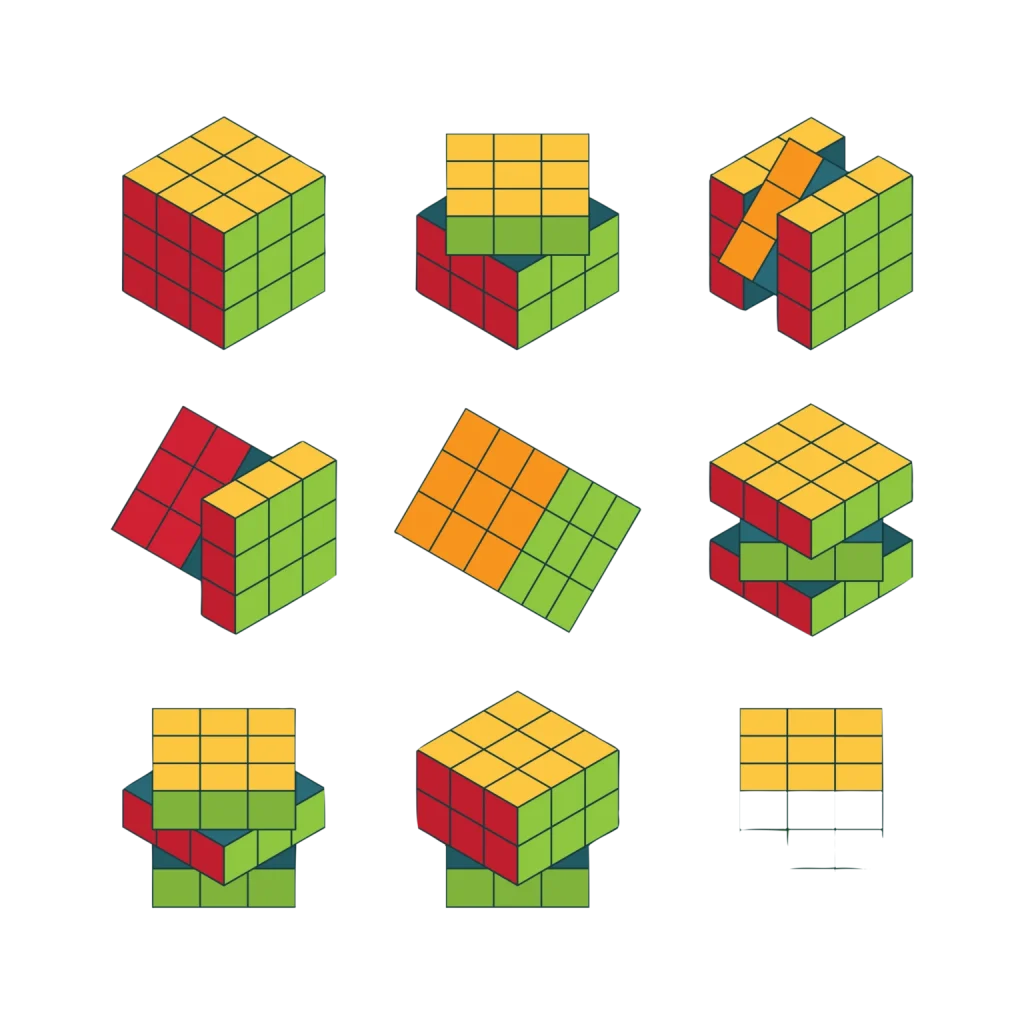Solving a Rubik’s cube can begin as a curiosity for some and evolve into a hobby for others. Nonetheless, it is a very relaxing exercise. Learning to solve a Rubik’s cube, requires a lot of patience and determination, but it is always worthwhile. If you enjoy speedcubing or puzzles, then read on to discover the many benefits of solving a Rubik’s cube.
What Is Rubik’s Cube?
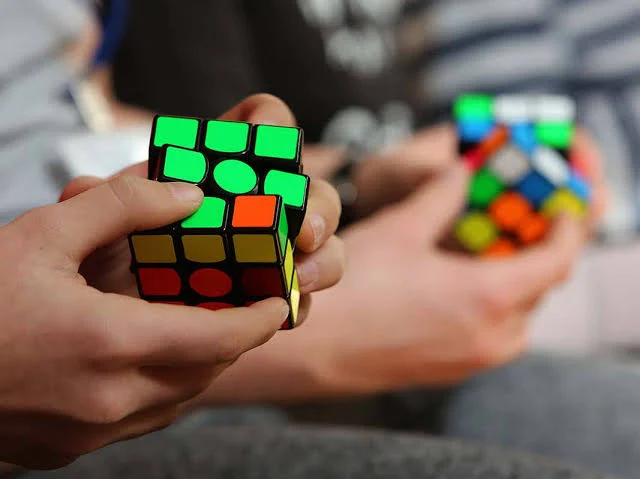
Rubik’s Cube or Rubix Cube, often known as the Magic Cube, is a three-dimensional combination puzzle devised in 1974 by Hungarian sculptor and architecture professor Ern Rubik. Because of its unique properties, this invention sparked worldwide curiosity and had a significant impact on humanity. There are a variety of benefits of solving a Rubik’s Cube.
It is one of the top 100 most impactful inventions of the twentieth century and is also commonly regarded as the best-selling toy in the world. It was honoured with a special German Game of the Year award, as well as awards for best toy in the United Kingdom, France, and the United States. Despite its peak popularity in the 1980s, the Rubik’s Cube is still widely known and used.
It not only captures the attention of aficionados undertaking research into Rubik’s Cube reduction algorithms but also scientists and technological professionals from various fields for its sophisticated design and concepts. On the one hand, the structure contains various qualities, such as rotation, permutation and combinations, cycle and symmetry. These have been in use as physical models or tools to explore certain scientific concerns or have been studied using scientific theory or methodology in some fields.
Overall, the Rubik’s Cube principles can be found in a variety of scientific systems. This involves permutations and combinations, symmetry, and cyclicality. Scholars, on the other hand, started looking into the Rubik’s Cube structure’s core movement principles.
Benefits of Solving a Rubik’s Cube
Rubik’s cube is better than any other game you play indoors. If you possess a love for puzzle solving, in that case, Rubik’s cube is your best friend. You may have heard that solving a Rubik’s cube makes you more intelligent, but no, this is just a myth. Of course, there are many benefits of solving a Rubik’s cube and cubing has several other mental as well as physical advantages, but making you more intelligent isn’t of those. People often buy cubes, solve them for a while, and then keep them untouched on their shelves.
For some people, solving a Rubik’s cube begins as a curiosity and develops into a hobby. Regardless, it’s a great way to unwind. Learning to solve, on the other hand, needs a great deal of patience and perseverance. Although it takes a lot of effort, the ultimate result is always rewarding.
Regardless of the satisfaction which one gets, the benefits of solving the cube are unparalleled and one must learn to solve a Rubik’s cube.
3 Physical Benefits Of Solving A Rubik’s Cube
There are several short as well as long-term benefits of solving a Rubik’s cube. Other than mental advantages, cubing also has several physical advantages. Let’s first talk about the physical advantages of cubing. These physical advantages of cubing include:
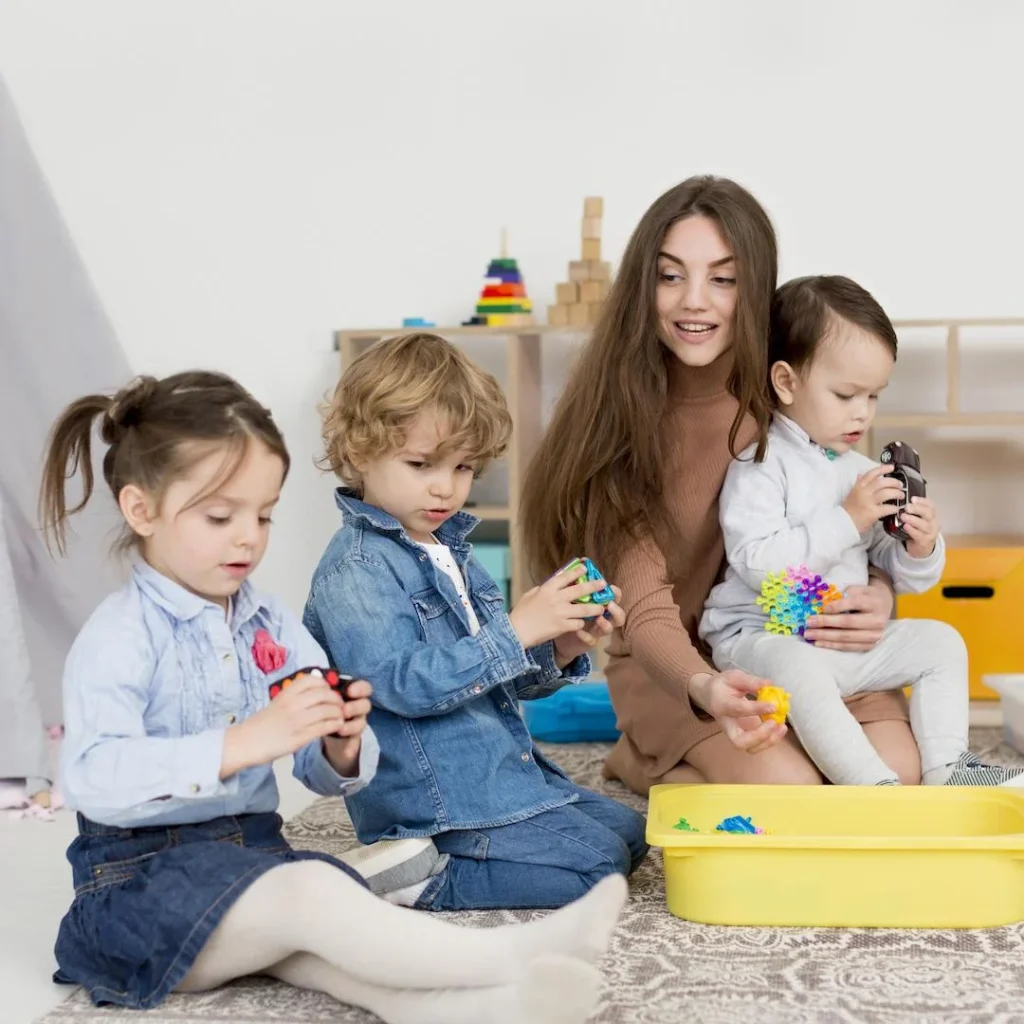
1. Solving Rubik’s Cube Improve Eye-Hand Coordination
Consider remembering 100 algorithms while twisting the cube and completing the challenge in under five seconds. The world-record holders, known as “Speedsolvers,” can move three times every second. These puzzle solvers have excellent reflexes and hand-eye coordination.
Your Eye-Hand coordination gets improved as much as you get involved in solving the cube. Good eye-hand coordination helps you directly in many activities which you perform on a regular basis.
2. Solving Rubix Cube Increased Finger Deftness
With continuous cubing, you would experience increased finger deftness as cubing involves continuous movement of fingers. Almost all the work which we do through our hands requires the involvement of our fingers. So, increased finger deftness will help you in major tasks that require the involvement of your hand.
3. Solving Rubik’s Cube Helps Development Of Quick Reflexes
Quick reflexes, another one of the benefits of solving a Rubik’s cube, are useful for more than simply cubing; they can also aid with visual identification, reading, and colour recognition. Cubers can type quicker on computers and text faster on telephones, according to Hobby Inspired. Aging persons with joint degeneration can benefit from working on dexterity and agility.
As you keep moving on solving the cube, your reflexes are developed more. So, the more you cube, the stronger your reflexes are. People who have a habit of regular cubing generally have very strong reflexes.
9 Mental Benefits Of Solving A Rubik’s Cube
Are you easily bored or simply hyperactive? A Rubik’s cube is the ideal solution regardless of which end of the scale you are on. This problem will make your brain work overtime. This classic puzzle won’t let your thoughts stray because it necessitates a high level of focus. You can get the physical and mental benefits of this pastime.
A Rubik’s cube is a blessing for your brain as well, keeping aside the physical advantages of solving a cube. You will undoubtedly enjoy the benefits of solving a Rubik’s cube, whether you enjoy speedcubing or puzzle solving.
Let’s go further to learn the effects of cubing on your brain.
1. Solving Rubik’s Cube Increases Focus and Attention
One of the reasons why the Rubik’s cube is great for a child is because it allows them to focus on the task at hand. As a challenge, the youngster will try to use all of his or her mental powers to solve issues at a higher level. And each move results in a different approach to the puzzle.
One of the greatest benefits of solving a Rubik’s cube is that you develop a phenomenal focus on things. You require more and more focus to solve a cube and as much as you indulge with the cube. As you may already know, cubing activates brain cells which help you build a strong focus on things.
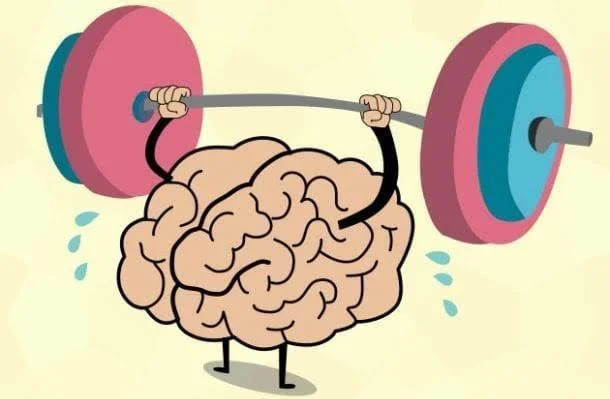
2. Solving Rubix Cube Improves Memory Retention
While you are solving the cube, you are practicing and dealing with algorithms. This will help you a lot to improve and make your memory, specifically muscle memory strong.
Muscle memory is that part of the brain which involves activities like typing, riding a bike, and even playing a piano. It has a big impact on how you train. Within the motor and memory systems, this procedure ensures optimal efficiency.
In any case, achieving the desired result in the shortest possible period necessitates a great deal of experience. As a result, your muscle memory will be improved.
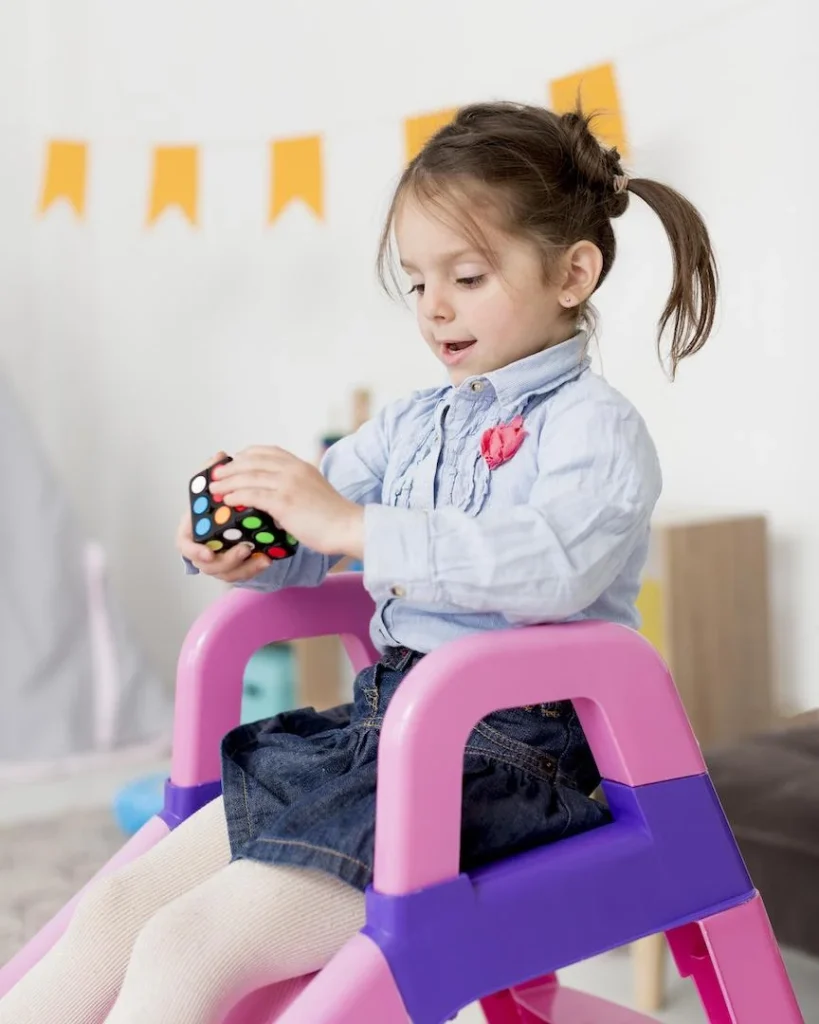
3. Solving Rubik’s Cube Increases Patience Levels
Solving a Rubik’s cube, even with the easiest algorithms, is definitely not an easy task for beginners. So as you move ahead while being patient and perseverant, you will eventually solve the cube. This not only will give you a sense of joy and satisfaction but make your level of patience rise.
Once you get over with easy algorithms, you will require more complex algorithms to solve the cube further. This will require more amount of patience, and with practice, you will experience a much-risen patience level in you.

4. Solving Rubik’s Cube Improve Problem-solving Skills
Life is about problems and to solve them you need to be skillful in problem-solving. Breaking down an issue into numerous small components and focusing on each one separately is the cornerstone of this talent.
The Rubik’s cube is like a mini-universe, with thousands of twists, turns, and combinations. You must concentrate on each part and every twist that affects your next step as you tackle this problem. This will eventually let you recognise patterns that will help you develop other elements of your thinking, such as math, learning a new language, confronting a new difficulty, and so on. Those that appreciate taking on new challenges prefer creating their own paths.

Once you are stuck on a move on the cube, you try to find various possible moves to apply to solve the cube. This is how cubing improves your problem-solving skills and helps you to handle your problems in a much more efficient way.
5. Solving Rubix Cube Makes Your Mind Sharp And Active
This is one of the biggest benefits of solving a Rubik’s cube, that it keeps your mind active and increases your attentiveness. Solving a cube maintains the shape of the cognitive (intellectual) functions of your brain, i.e making your brain sharper.
It’s difficult to focus on a single task for an extended amount of time as a result of this. The brain cells are constantly active while solving a Rubik’s cube to discover opportunities and make adjustments in order to attain the goal in less time.
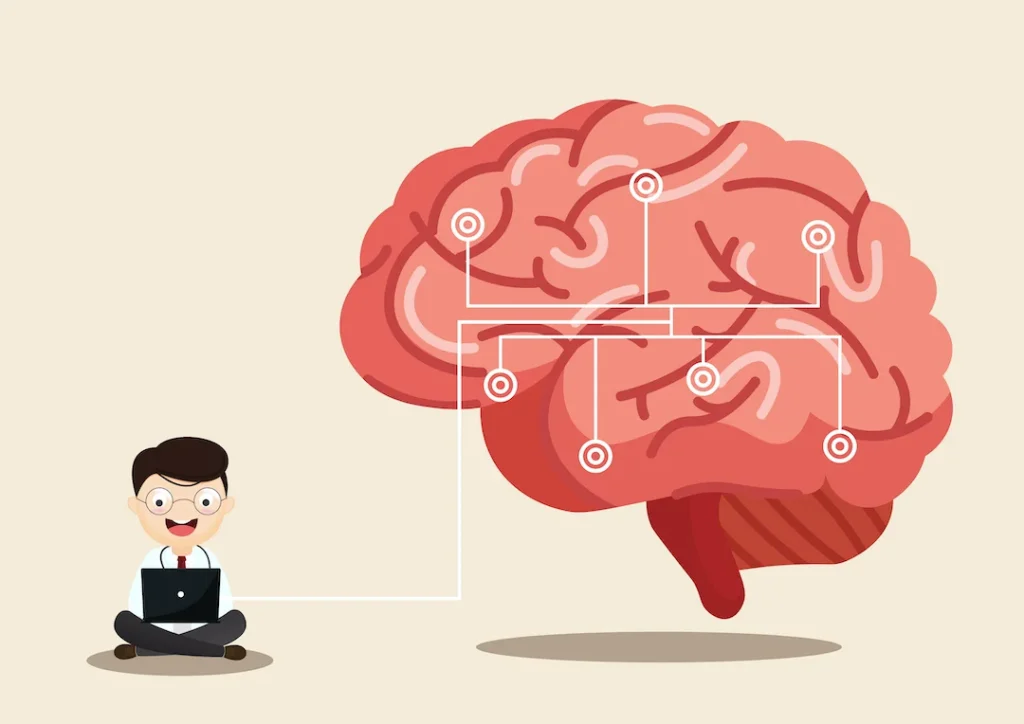
6. Solving Rubik’s Cube Improves Brain’s Cognitive Skills
Solving the cube on a regular basis specifically improves the brain’s cognitive mapping skills as the brain cells are kept activated. Rubik’s Cube is considered to be a configuration problem so when you use the cube on a regular basis, your mapping and configuration skills get advanced.
Learning algorithms necessitates memorization of each step and move in a sequential order. If you make a mistake or make a misstep, the blocks on the cube will be incorrectly allocated, and you will need to find out how to return to the previous stage.
This will help you train your brain to memorise and plan out all of your steps to solve the issue ahead of time. There are a variety of brain teaser puzzles available nowadays for both youngsters and adults that are similar to Rubik’s cube.

7. Solving Rubik’s Cube Makes You Think Fast
When you solve a Rubik’s cube regularly, the processing speed of your brain gets boosted up. While you are trying to speed-cube, you are trying your best to solve it as fast as you can, and with this approach on a regular basis, gradually your brain’s processing speed will get improved.
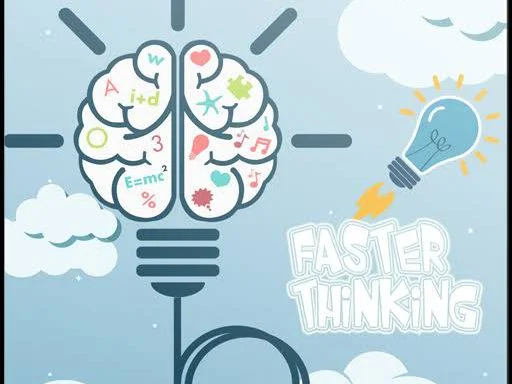
8. Solving Rubik’s Cube Teaches Breaking Multiple Tasks Into Easy Steps
No one wants their work to be complex but in a systematic, organized, and easy way. If you have a habit of cubing on a regular basis, you are more likely to have the tendency to break your various tasks into simplified and easy steps.
9. Solving Rubik’s Cube is a Stress Buster And Leads to Relaxed Mind

Rubik’s cube is also used as a stress buster. Various studies have found that solving a Rubik’s cube when you are stressed, cools your brain down and makes you feel better.
Another one of the benefits of solving a Rubik’s cube is that it gives you a sense of accomplishment. It indicates that you have put forth time and effort. As a result, it’s only natural that you’ll be rewarded in the shape of the ideal solution. After all, this method is capable of earning you some bragging rights!
Learn how to solve a Rubik’s Cube.
Does Solving a Rubik’s Cube Increase Your IQ?
In the above-mentioned facts, you must’ve learned that there are many benefits of solving a Rubik’s cube and spending quality time with a cube directly benefits your brain. But do you also know that solving a Rubik’s cube helps to increase IQ in kids?
Well, in case you didn’t know about this, Rubik’s cube is one of the major solutions to increase IQ levels in kids. Various studies have proven that kids who indulge more with the Rubik’s cube and solve them on a regular basis tend to possess higher IQ levels than kids who do not get too involved in cubing.
Cubing is a new challenge at every step as you move further, in search of your next moves while cubing, this directly affects your reasoning ability, and thus results in increasing a child’s IQ. Kids should have a habit to solve the cube on a regular basis.
You now know that Rubik’s cube is not just a puzzle to pass your time.
There are a lot more benefits of solving a Rubik’s cube. So, why not just gift your brain a Rubik’s cube when it can boost your brain in so many ways. If you haven’t learned how to solve a cube, start learning it now.
Rubik’s Cube Vocabulary
When it comes to solving a Rubik’s cube, it may appear that there are a few straightforward procedures to follow. In actuality, however, it’s a bit more complicated. Get comfortable with the jargon before attempting to follow the various ways for solutions. This will make it easier for you to understand the perplexing Rubik’s cube algorithms and permutations you’ll need to solve it!
Edge
The section of a Rubik’s cube where two visible colours meet is an edge piece. There are a total of 12 edges.
Corner
As expected, each side of the cube has a corner piece. They feature three distinct hues and a total of eight corners.
Center
Each side’s centre cube has one visible colour and is situated in the centre of each side. There are six of them in all, and unlike the other cubes, they don’t move about. The colour of the stable centre cube is represented by each side of the Rubik’s Cube.
Layer
This is the nine-block section of a cube that you turn. There are three layers regardless of the direction you hold the cube.
Faces
The Rubik’s cube has six faces, just as all other cubes. When using the beginner’s technique to solve Rubik’s cube algorithms, it’s expected that you’re looking at the cube with the white face up, which means the Rubik’s cube logo should be on top.
Inverted / Regular
A layer can be inverted or turned in one of two ways. A clockwise turn is a conventional turn, whereas a counterclockwise turn is an inverted turn.
A lowercase I such as Ri, is used in Rubik’s cube notation to signify an inverted turn. The right side must be rotated in the opposite way to do this.
Algorithm
A Rubik’s cube algorithm is a rotational operation that reorients the pieces into the desired shape. They’re commonly written with a capital letter for the face to be turned, a lowercase I for counterclockwise rotation, and a number 2 for twice rotation.
Permutation
Permutation is the process of arranging the pieces or shifting the blocks into the desired pattern.
Rubix Cube in a Nutshell
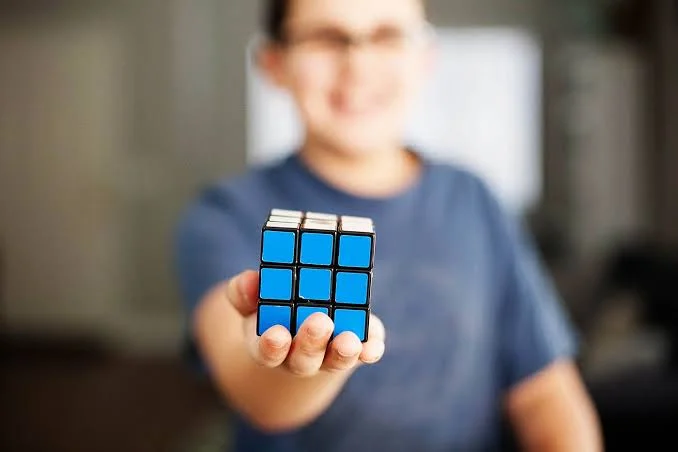
The Rubik’s cube illustrates another important lesson about living simply – it has no battery, no pre-programmed instructions, and it has become a worldwide phenomenon. This puzzle appeals to people of all ages and continues to stump people of all ages.
Today, a variety of tough Rubik’s cube puzzles are accessible, each with its unique set of advantages. Complex problems have simple solutions, but this does not imply that they are simple. Rubik’s Cube is a game that helps to simplify thinking, declutter the mind, and develop patience, perspective, and procedure.
Of fact, there are other benefits of solving a Rubik’s cube, including mental and physical benefits, but being more intelligent is not one of them. People frequently purchase cubes, solve them for a short while, and then store them on their shelves unchanged.
Regardless matter how much fun it is to solve a Rubik’s cube, the benefits of doing so are infinite, and everyone should learn how to do so.
Final Thoughts on Rubik’s Cube
You can solve a Rubik’s cube at any age as long as you have the necessary cognitive abilities. This means that even a very advanced three-year-old can do it as well as a 99-year-old with enough cognitive power to stay in the moment and realise what you’re doing. However, it is not solely a matter of cognitive ability; patience and willpower are also required.
And it is this differentiation that determines the outcome. Like everything else in life, if you want to be able to do something, you must devote as much time as is required. There are many other advantages to solving the Rubik’s cube, such as keeping your mind occupied and interested.
It is commonly claimed that if you give your child a Rubik’s Cube, you will thank yourself later. It’s because solving a Rubik’s Cube can help kids sharpen their mental skills. They try to make and strategize multiple moves with the cube so that all of the faces appear in the same colour.
Checkout the Rubik’s classes by Podium School and consider enrolling to help your child glow as they grow!
Stay tuned to our blog for more similar updates!
Rubik’s Cube FAQ Section
A Rubik’s Cube requires what kind of math?
The Rubik’s Cube is a permutation group in mathematics. Because each colour is repeated exactly 9 times, the cube may be thought of as an ordered list of 54 elements with numbers ranging from 1 to 6, each number denoting a colour that is repeated 9 times.
We may spin the cube’s six faces to define six basic operations or permutations that rearrange the ordered list in a particular order. We can create new permutations by repeating and combining these permutations, which reorganise the list in a different way.
What age is Rubiks cube for?
Three years old is the recommended age for starting to play with a Rubik’s Cube. It is, nevertheless, appropriate for children as young as three years old to as old as any of us.
How long does it take to solve a Rubik’s Cube for the typical person?
According to some sources, the average person should be able to solve a Rubik’s cube in 20 to 25 minutes in the majority of circumstances. Of course, some people are capable of solving a cube in under a minute. The conventional 3×3×3 cube holds the world record at 3.47 seconds.
Is a 2×2 harder than a 3×3?
The 2x2x2 Rubik’s cube, often known as the Pocket Cube, is another puzzle in the Rubik’s cube series. The Rubik’s cube is considered the “easier” version. You’ll find that solving the 2×2 cube is a lot easier than the traditional 3x3x3 cube.
Why is the 1×1 Rubik’s Cube hard?
Due to its huge size and the amount of steps required to solve it, the 1x1x1 is presently the most difficult cube to solve. Only the world’s best pros and perhaps some unknown persons with a hidden hoard of Rubik’s cubes can accomplish it on their own.
Share with your friends


